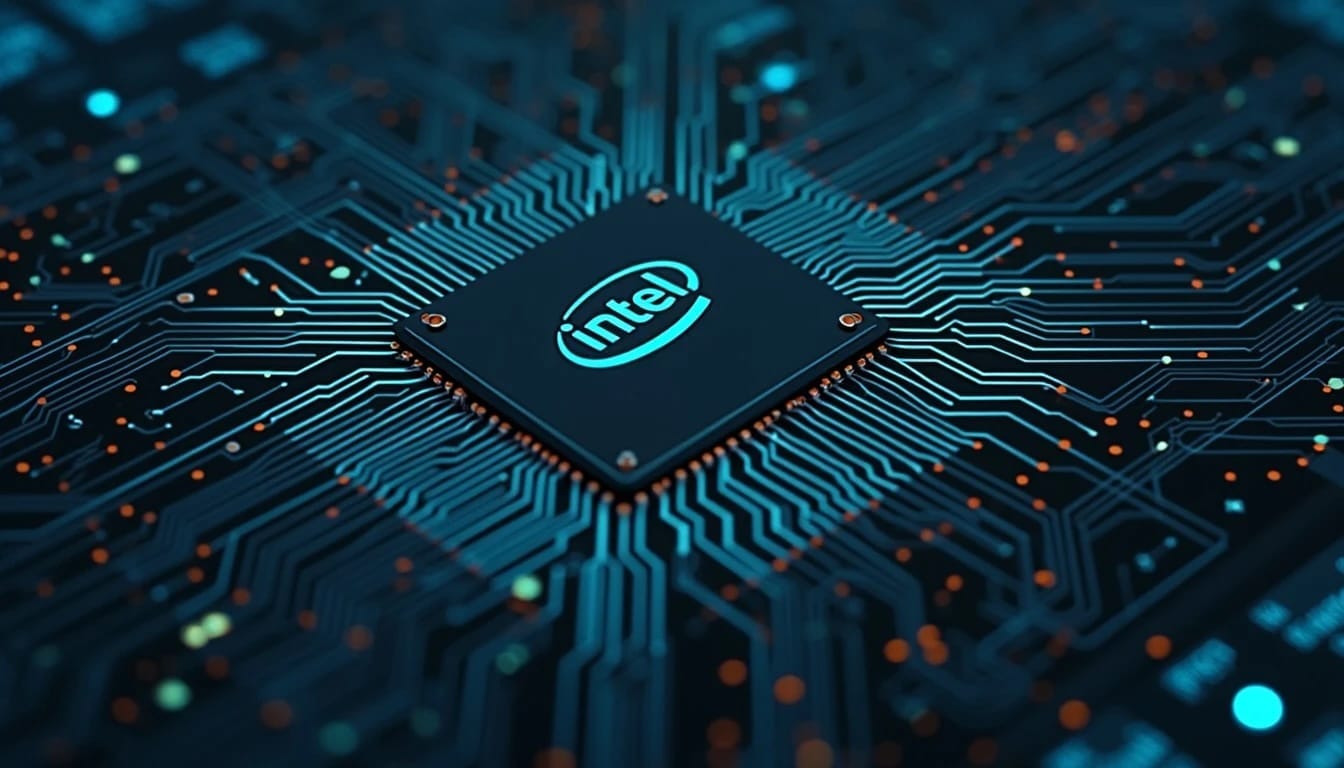The U.S. Strategy to Strengthen Its Semiconductor Industry
The challenging economic situation of Intel has prompted the administration of Donald Trump to take action. According to an exclusive report from Reuters, the former U.S. president has intervened directly to have TSMC take over the management of Intel Foundry Services (IFS) through a joint venture (JV).
This move aims to ensure the competitiveness of the U.S. in semiconductor production, implying that TSMC will have operational control of IFS, though without exceeding a 50% stake in the new entity. In this way, the Taiwanese company maintains its independence while gaining privileged access to the U.S. market and avoiding the imposition of tariffs on chips imported from Taiwan.
The Control of IFS and the Involvement of AMD, NVIDIA, and Broadcom
The strategy of this joint venture is not limited to TSMC’s involvement. Companies like NVIDIA, AMD, and Broadcom will also be partners, indicating that these chip design giants will use Intel’s manufacturing technologies to produce their upcoming processors and graphics cards.
One of the key points of the agreement is that the new IFS will operate exclusively for these three companies, producing chips on U.S. soil with the most advanced nodes of Intel, such as the Intel 18A and Intel 14A. According to sources close to the negotiations, these lithographic processes would be more advanced and cheaper than those of TSMC, allowing the JV to achieve profitability in the sector.
TSMC Seeks Stability and Avoids Trade Sanctions
The trade war between the U.S. and China has been a determining factor in this decision. TSMC has opted for this solution to ease tensions with the U.S. administration and avoid tariffs that could be imposed on chips manufactured in Taiwan next month.
Moreover, the pressure from the U.S. for TSMC’s next-generation nodes to be manufactured on its territory has not borne fruit, as the Taiwanese government has rejected this possibility. Instead, Taiwan has found in this JV a way to maintain TSMC’s leadership without ceding too much control to the U.S.
Intel on the Edge Seeks to Regain Its Position in the Industry
Intel’s situation in recent years has been complex, with financial issues and a loss of market share to its competitors. The establishment of IFS as an independent entity had already been interpreted as an attempt at restructuring, but it has now become clear that it was a preliminary step to this alliance with TSMC.
With the oversight of the Taiwanese foundry, Intel hopes to regain profitability in its manufacturing business, allowing its cutting-edge technology to be used by key companies in the sector. Additionally, this collaboration would prevent the U.S. from falling behind in the production of advanced semiconductors compared to China and Europe.
Market Impact and Future of the JV
If this alliance materializes, it is likely that the first chips from AMD and NVIDIA produced on Intel nodes will hit the market between 2026 and 2027. This would mean that, in a few years, Intel’s manufacturing technology could establish itself as a viable alternative to TSMC’s, provided the JV’s management can stabilize the profitability of IFS.
In geopolitical terms, this strategy redefines the balance in the semiconductor industry, with the U.S. securing its local production capabilities and Taiwan maintaining its independence. In the short term, the alliance benefits all parties:
- Intel gains funding and TSMC’s expertise to regain its competitiveness.
- TSMC strengthens its global position without ceding sovereignty to the U.S.
- Trump manages to bolster the semiconductor industry on U.S. soil without a trade war with Taiwan.
As this JV develops, it will be crucial to observe how it affects TSMC’s leadership in the industry and whether Intel successfully regains its position as a powerhouse in chip manufacturing.
Reference: El chapuzas informático and Reuters

